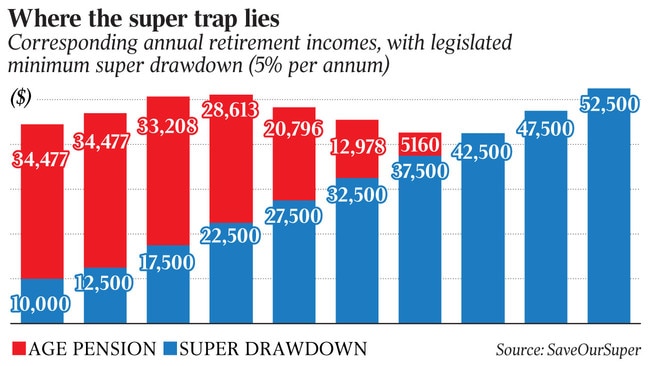Super changes a potential windfall for home downsizers
People downsizing their home to fund their retirement should be aware of key rule changes coming into force this year.

Australians looking to buy their first home or planning to downsize their home to fund their retirement should be aware of key superannuation changes which come into force this year.
The changes were announced in the May 2017 budget and come into effect from July this year, National Australia Bank’s director of self managed super funds, Gemma Dale, said.
The changes could provide a potential “windfall” for those in a position to take advantage of them. “One of the big changes this year is the downsizer contribution which allows people over 65 to make non-concessional contributions of up to $300,000 per person from the proceeds of selling their main residence,” she said.
But the higher contribution levels only apply to money from homes sold after July 1 this year. The homeowner also has to have owned the property for at least 10 years before it is sold.
The higher contributions from the proceeds of the sale of the family home compare with annual ceilings of $100,000 a year for post-tax contributions for super.

The other key change due to start this year is the first home owner super saver scheme.
This allows people saving for their first home to put voluntary contributions of up to $15,000 a year, or $30,000 in total, in super.
Eligible people will be able to withdraw the extra savings plus associated earnings from their super to buy their first home from July this year. By saving through super, the prospective buyer can access better tax breaks.
Legislation to enable this scheme was passed in December, in the form of the First Home Super Saver Scheme.
July 1 also marks the start of a scheme that allows people who have taken time out of work or cut back working hours to make catch-up contributions to superannuation. People with superannuation balances of less than $500,000 can contribute unused concessional contribution caps to their super on a rolling basis for up to five years. But Ms Dale said only unused amounts accrued from July 1 this year could be carried forward.
“The measure will enable customers who take time out of work or work part-time to make catch up contributions when they accumulate lump income or decide to work full-time,” she said.




To join the conversation, please log in. Don't have an account? Register
Join the conversation, you are commenting as Logout